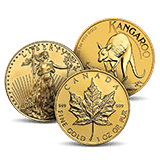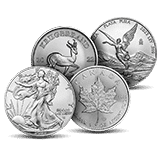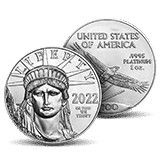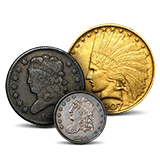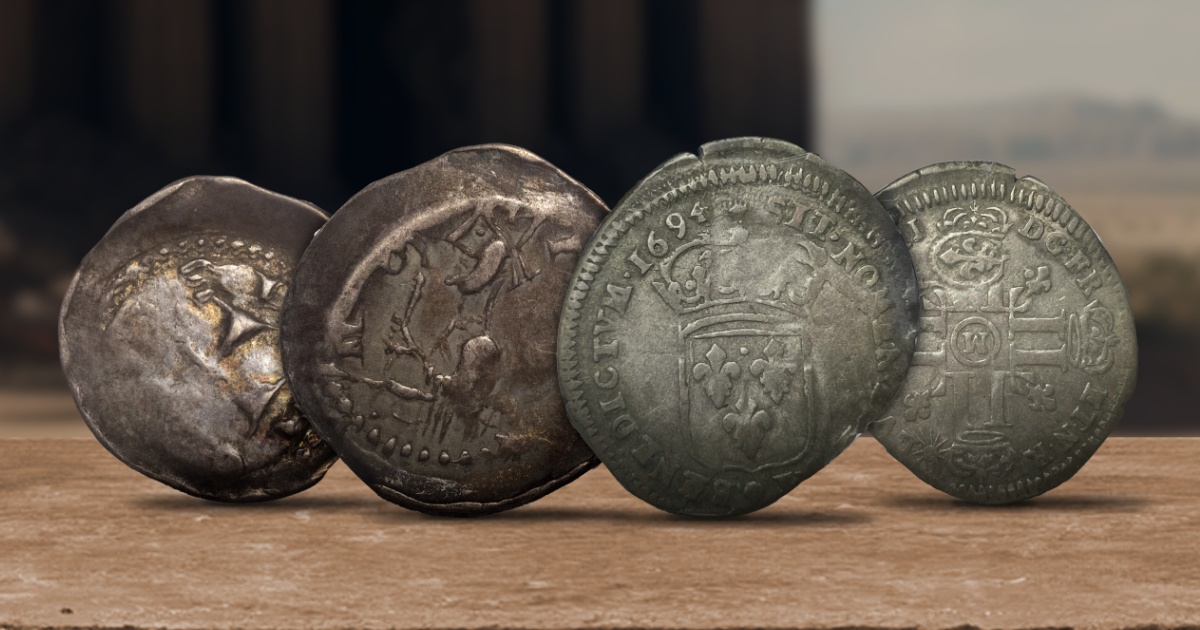
The French denier was a foundational medieval coin that emerged during the late 7th century as a product of Frankish innovation, becoming a cornerstone of the Carolingian monetary system. This silver and silver-based coin played a pivotal role in standardizing currency, facilitating trade, and stabilizing the medieval European economy.
Historical Background of the Denier
The denier came about as Europe transitioned from the coinage of the Roman and Byzantine Empires to a silver-based monetary system. Pepin the Short formalized this shift in AD 755 with the Carolingian monetary system, which standardized denominations, with 12 deniers equaling one solidus (shilling) and 240 deniers equaling one libra (pound). This structure provided consistency for everyday transactions while setting the foundation for future European currencies.
Charlemagne built upon Pepin’s reforms during his rule, implementing significant changes around 793/794. Whereas Pepin the Short standardized denominations, Charlemagne standardized weights, introducing a uniform pound of silver (approximately 408 grams). This ensured that 240 silver deniers could be struck from a single pound. This reform was designed to leverage Europe’s abundant silver deposits, minimize reliance on scarce gold, and provide a framework that facilitated trade.
The Carolingian Monetary System
The Carolingian system was a structure characterized by its reliance on three denominations: the libra (pound), the solidus (shilling), and the denarius (denier). Its 1:20:240 ratio ensured consistent relationships between these units, with only the denier minted as a physical coin. The consistent valuation and weight of the denier fostered confidence in trade, encouraging merchants to engage in transactions. Additionally, the denier’s prominence influenced later European coins, including the English sterling system and the German pfennig.
Designs and Compositions of French Deniers
Early Carolingian Period (8th-9th Centuries)
- Obverse: Featured depictions of Christian symbols like crosses or temples with inscriptions like “XPISTIANA RELIGIO.”
- Reverse: Ruler’s monogram and mint location.
- Composition: High-purity silver, reflective of the empire’s wealth.
Pepin the Short (751-768 AD)
Composition: Silver
Design: The earliest deniers featured a simple cross on one side and the inscription “PEPINVS REX” (King Pepin) on the other.
Charlemagne (768-814 AD)
Composition: Silver
Design: Charlemagne’s deniers typically featured a cross on one side and the inscription “CARLVS REX FR” (Charles King of the Franks) on the other. Some designs also included a monogram of Charlemagne, adding a personal touch to the design.
Louis the Pious (814-840 AD)
Composition: Silver
Design: These coins continued the tradition of crosses and religious images. The designs became slightly more elaborate with the inclusion of the minting location and “LVDOVVICVS IMP” (Louis Emperor).
High Middle Ages (10th-13th Centuries)
- Design Evolution: Introduction of more varied designs, such as intricate crosses and architectural motifs. The denier tournois from Tours became a widely used variant, known for its uniformity.
- Composition: Increasing use of billon (a low-silver content alloy) as silver resources diminished.
Denier Tournois (13th Century)
Composition: Sterling silver.
Design: The denier tournois, minted in Tours, became a standard coin in France. It featured a cross on one side and a stylized representation of a Christian temple or castle on the other. The inscriptions included “TVRONVS CIVI” (City of Tours).
Charles I of Anjou (1266-1285 AD)
Composition: Sterling silver.
Design: Coins from this period often had a cross on one side and a castle or temple on the other, similar to earlier designs but with more refined artistry. The inscriptions included “KAROLVS REX” (King Charles).
Philip IV (1285-1314 AD)
Composition: Billon (A low-silver content alloy).
Design: Philip IV’s deniers featured a cross on one side and a more detailed depiction of a castle or temple on the other. The inscriptions were more elaborate, often including “PHILIPPVS REX” (King Philip) and the minting location.
Late Middle Ages (14th-15th Centuries)
- Simplified Designs: Coins often featured basic symbols, such as a cross, and inscriptions denoting the mint.
- Reduced Silver Content: A continued decline in purity, reflecting economic changes.
Charles IV (1322-1328)
Design: Charles IV’s deniers continued the tradition of featuring a cross and inscriptions. Some coins also included the ruler’s monogram or name.
Composition: Billon was commonly used, reflecting the ongoing economic challenges and the need to stretch silver supplies.
Louis XI (1461-1483)
Design: Louis XI’s deniers continued the trend of simplified designs. They typically featured a cross and the inscription “LVDOVICVS REX” (King Louis). The reverse side often depicted a castle or temple.
Composition: Billon was still used, with the silver content further reduced compared to earlier periods.
Charles VIII (1483-1498)
Design: Charles VIII’s deniers maintained the basic design elements of a cross and inscriptions. The coins often included “KAROLVS REX” and the mint location.
Composition: The use of billon persisted, with the silver content continuing to decline
The French denier remains a symbol of medieval economic and political innovation. Its designs, ranging from the Christian temples of Charlemagne to the simpler crosses of Philip IV, offer a window into the priorities and beliefs of medieval rulers. Today, deniers are prized collectibles, with coins from notable periods, such as Charlemagne or the denier tournois of Philip II, commanding significant interest. Their value depends on factors like rarity and condition, with prices ranging from $50 to several hundred dollars.

